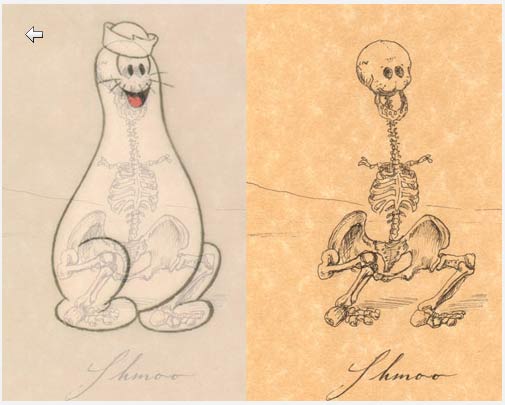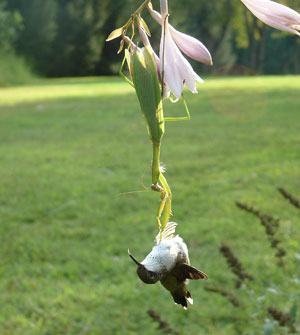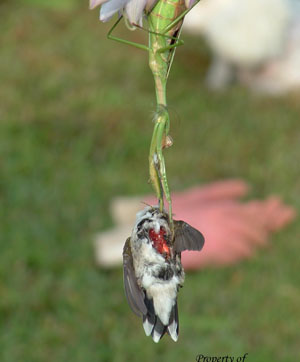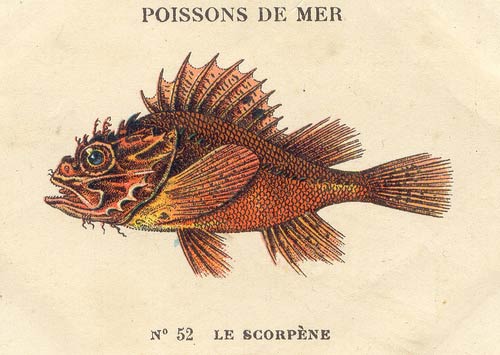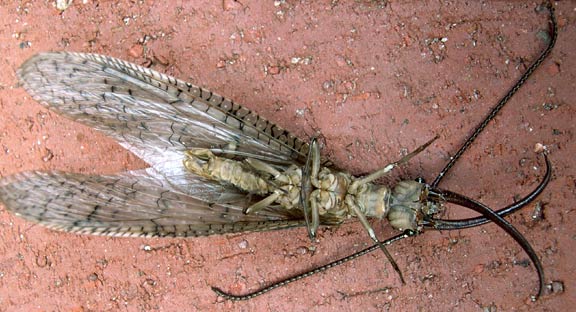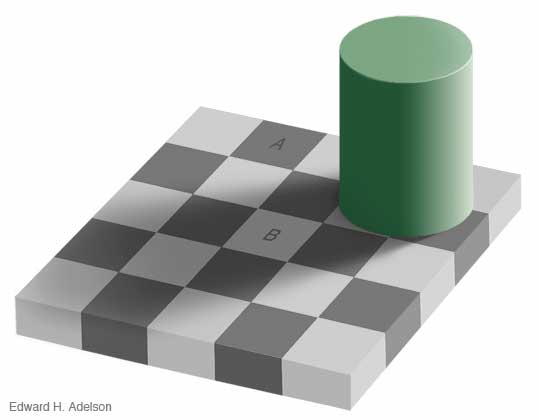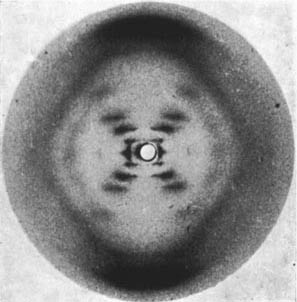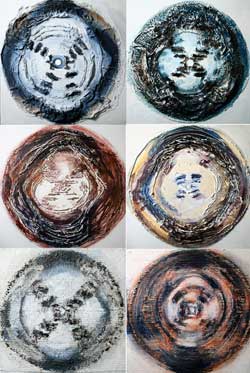
Once, years ago, I tore a photo of Grace Paley out of a magazine. The photo was something like this one, from the cover of her Collected Poems. I had no idea who she was at the time, but something about the way she glowed out of her winter bundling, looking amused, curious, kind, simply happy, made me think: that is how I want to look in five decades. I want to look out on the world with that expression.
Sadly, Grace Paley died this week at the age of 84.
Although her oeuvre was small, I never made a point of reading all Paley’s work, and have read none of the short stories for which she is so well known. But now and then I’d run across a poem in the New Yorker and see her name at the bottom with some pleasure. When I heard of her death, the poem below is the one that came to me: it reminds me how I experienced time when very young, in a fractured mosaic of wonder and connections. Confusing, perhaps, yet not scary: continually surprising. Is that also how the very old experience the world? If so, I don’t think I would mind.
“On Occasion”
I forget the names of my friends
and the names of the flowers in
my garden my friends remind me
Grace     it’s us     the flowers just
stand there stunned by the mid-
summer day
A long time ago my mother said
darling     there are also wild flowers
but look     these I planted
my flowers are pink and rose and
orange     they’re sturdy     they make
new petals everyday to fill in
their fat round faces
suddenly before thought I
called out ZINNIA Â Â Â Â ZINNIA
ZINNIA Â Â Â Â along came a sunny
summer breeze they swayed and
lightly bowed so I said Mother
Grace Paley interview at The Paris Review
Obituary at the Washington Post

